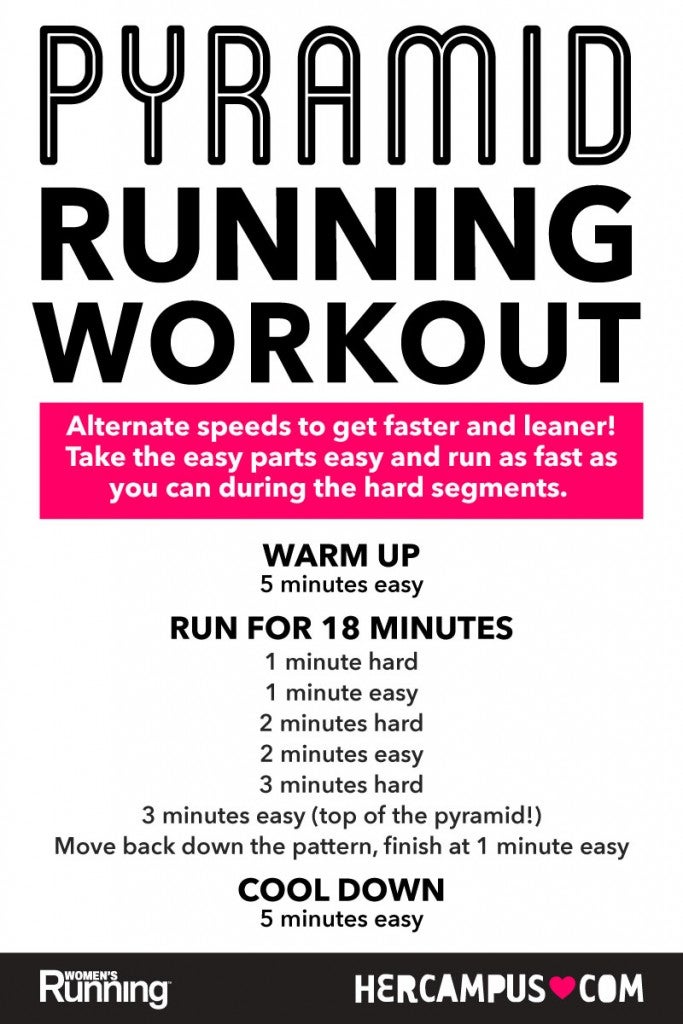Elevate Your Running Strategy with Proven Techniques
Elevate Your Running Strategy with Proven Techniques
Blog Article
Getting Rid Of Pain in Running: Strategies and Methods That Work
Pain is a common buddy for numerous runners, commonly functioning as an obstacle to attaining their desired objectives. With the best techniques and methods, it is possible to overcome and also prevent the discomfort connected with running. By checking out different strategies such as comprehending the various kinds of running pain, optimizing shoes and type, integrating cross-training and strength workouts, carrying out efficient recovery approaches, and keeping appropriate nutrition and hydration, joggers can potentially reduce their discomfort and enhance their overall running experience.
Recognizing Different Sorts Of Running Discomfort

One more kind of running pain is joint discomfort, which can manifest as a sharp or throbbing discomfort in locations such as the knees, hips, or ankles (running workout). Joint discomfort might be triggered by aspects like improper running kind, overuse, or underlying conditions like arthritis (Get More Info). It is essential to separate between muscular tissue pain and joint pain, as the latter may call for clinical attention to avoid more injury
Comprehending the various types of running pain is crucial for efficient management and prevention strategies to ensure a secure and satisfying running experience.
Proper Shoes and Running Kind
To optimize efficiency and lower the danger of running-related injuries, picking suitable footwear and preserving appropriate running type are crucial parts for joggers of all levels. It is recommended to pick running shoes that are particularly created for the person's foot type, running stride, and the kind of running activity they engage in.

Cross-Training and Toughness Exercises
Toughness exercises, like squats, lunges, and core workouts, play a vital role in maintaining muscles and improving running efficiency. They can fix muscular tissue discrepancies, improve agility, and increase power outcome, all of which are vital for running efficiency.
It is vital to allow for appropriate remainder in between running sessions and cross-training tasks to avoid overuse injuries. By including these components right into a running regimen, joggers can develop a stronger structure, enhance performance, and enjoy a more sustainable running experience - this is where I read it.
Recuperation and Relax Methods
Having actually established the relevance of cross-training and stamina exercises in an extensive running regimen, interest can now be directed in the direction of Recuperation and Rest Strategies as integral parts for enhancing performance and minimizing the threat of injuries. (running strategy)
Recuperation after running is essential for muscle mass repair and development. Strategies such as foam rolling, extending, and massage therapy assistance in decreasing muscular tissue soreness and enhancing adaptability. Sufficient rest in between runs enables the body to recover and adjust to the physical tension, stopping overuse more info injuries.
Including energetic recuperation days into a training routine, where low-intensity activities like strolling or biking are performed, can enhance blood circulation and promote recovery without placing excess strain on the muscles. Furthermore, correct hydration and nutrition play a vital function in the recuperation procedure by replenishing lost fluids and nutrients.
Quality sleep is another essential aspect of healing that need to not be neglected. During sleep, the body undergoes repair work and regrowth processes, adding to total physical and psychological health. By prioritizing recovery and remainder methods, joggers can keep ideal efficiency levels and decrease the likelihood of experiencing pain or injuries.
Nutrition and Hydration for Runners
Carbs offer energy for running, while healthy proteins aid in muscle mass repair service and recuperation. Appropriate hydration is additionally necessary to preserve optimal efficiency, as even moderate dehydration can adversely affect running efficiency. Additionally, timing meals and treats suitably prior to runs can help avoid gastrointestinal pain and offer the required energy for peak performance.
Verdict
To conclude, by comprehending the different types of running pain, using appropriate footwear, keeping appropriate running kind, including cross-training and toughness exercises, prioritizing recuperation and rest, and concentrating on nutrition and hydration, joggers can properly get over discomfort and boost their efficiency. Implementing these strategies and strategies can assist joggers prevent injuries, boost their endurance, and eventually appreciate an extra fulfilling running experience.
Report this page